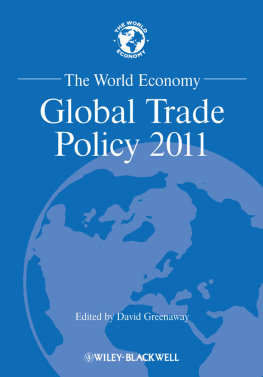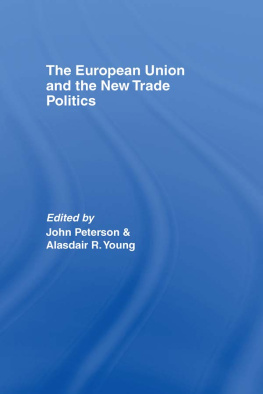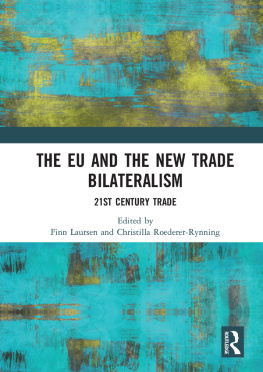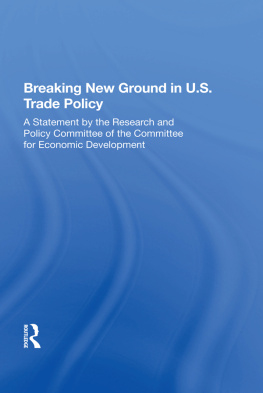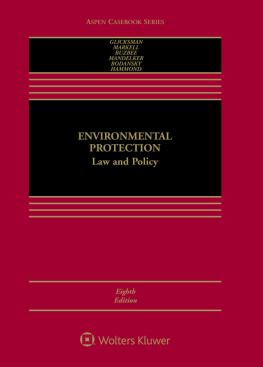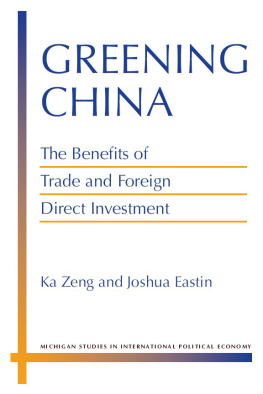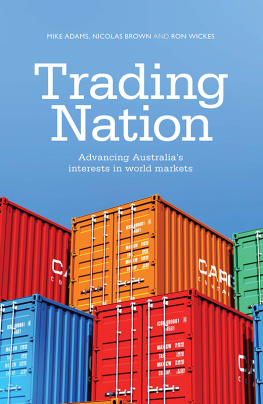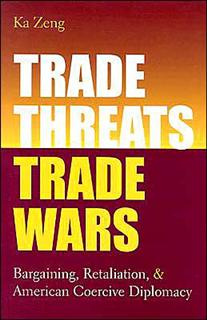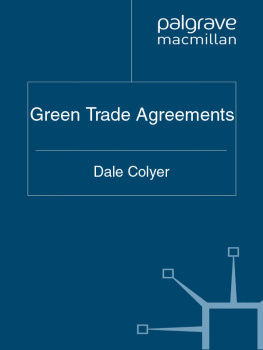Sikina Jinnah - Greening through Trade: How American Trade Policy Is Linked to Environmental Protection Abroad
Here you can read online Sikina Jinnah - Greening through Trade: How American Trade Policy Is Linked to Environmental Protection Abroad full text of the book (entire story) in english for free. Download pdf and epub, get meaning, cover and reviews about this ebook. year: 2020, publisher: The MIT Press, genre: Politics. Description of the work, (preface) as well as reviews are available. Best literature library LitArk.com created for fans of good reading and offers a wide selection of genres:
Romance novel
Science fiction
Adventure
Detective
Science
History
Home and family
Prose
Art
Politics
Computer
Non-fiction
Religion
Business
Children
Humor
Choose a favorite category and find really read worthwhile books. Enjoy immersion in the world of imagination, feel the emotions of the characters or learn something new for yourself, make an fascinating discovery.

- Book:Greening through Trade: How American Trade Policy Is Linked to Environmental Protection Abroad
- Author:
- Publisher:The MIT Press
- Genre:
- Year:2020
- Rating:3 / 5
- Favourites:Add to favourites
- Your mark:
- 60
- 1
- 2
- 3
- 4
- 5
Greening through Trade: How American Trade Policy Is Linked to Environmental Protection Abroad: summary, description and annotation
We offer to read an annotation, description, summary or preface (depends on what the author of the book "Greening through Trade: How American Trade Policy Is Linked to Environmental Protection Abroad" wrote himself). If you haven't found the necessary information about the book — write in the comments, we will try to find it.
Sikina Jinnah: author's other books
Who wrote Greening through Trade: How American Trade Policy Is Linked to Environmental Protection Abroad? Find out the surname, the name of the author of the book and a list of all author's works by series.
Greening through Trade: How American Trade Policy Is Linked to Environmental Protection Abroad — read online for free the complete book (whole text) full work
Below is the text of the book, divided by pages. System saving the place of the last page read, allows you to conveniently read the book "Greening through Trade: How American Trade Policy Is Linked to Environmental Protection Abroad" online for free, without having to search again every time where you left off. Put a bookmark, and you can go to the page where you finished reading at any time.
Font size:
Interval:
Bookmark:
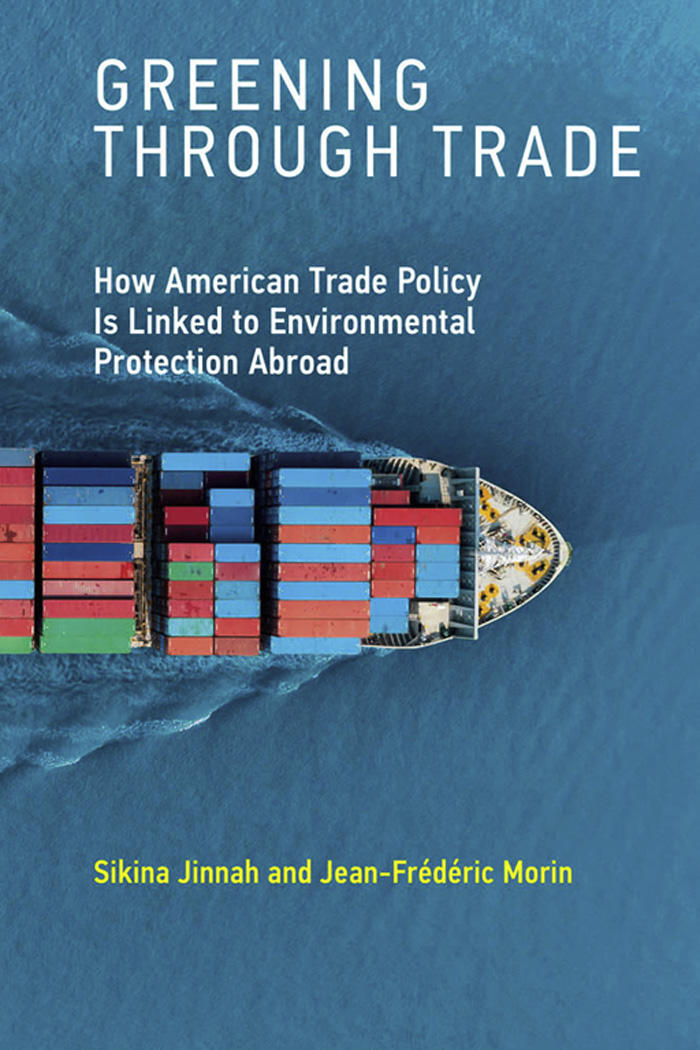
Sikina Jinnah and Jean-Frdric Morin
The MIT Press
Cambridge, Massachusetts
London, England
2020 Massachusetts Institute of Technology
All rights reserved. No part of this book may be reproduced in any form by any electronic or mechanical means (including photocopying, recording, or information storage and retrieval) without permission in writing from the publisher.
This book was set in ITC Stone Serif Std and ITC Stone Sans Std by Toppan Best-set Premedia Limited.
Library of Congress Cataloging-in-Publication Data is available.
ISBN: 978-0-262-53872-5
10 9 8 7 6 5 4 3 2 1
For Doug and Isabelle, with our deep gratitude for watching the kids while we wrote this book.
We are especially grateful to the impressive cadre of graduate and undergraduate research assistants who have supported our work on this book over the last decade. These include Zachary Dove, Layla Farhat, Mathilde Gauquelin, Julien Katchinoff, Julia Kennedy, Nomie Laurens, Abby Lindsay, Micaela Samodelev, Dimitri Thriault, and Samantha Wapnick. We are also incredibly appreciative of the many government and NGO staff who took the time to speak with us about their work on trade-environment issues, some of them multiple times. Finally, we are immensely grateful to the organizations that have contributed to funding portions of this work over the years, including American Universitys School of International Service, the University of California, Santa Cruz, and the Canadian Social Science and Humanities Research Council.
CAFTA-DRCentral American Free Trade Agreement
CECCommission on Environmental Cooperation
CEPACanadian Environmental Protection Act
CITESConvention on International Trade in Endangered Species of Wild Fauna and Flora
COPConference of the Parties
CPTPPComprehensive and Progressive Trans-Pacific Partnership
CWAClean Water Act
DSMdispute-settlement mechanism
ECAenvironmental cooperation agreement
EIAEnvironmental Investigation Agency
EOexecutive order
EPAEnvironmental Protection Agency
GATTGeneral Agreement on Tariffs and Trade
IUUillegal, unreported, and unregulated fishing
MEAmultilateral environmental agreement
NAAECNorth American Agreement on Environmental Cooperation
NAFTANorth American Free Trade Agreement
NGOnongovernmental organization
PTApreferential trade agreement
TPATrade Promotion Authority
TPPTrans-Pacific Partnership
TRENDTrade and Environment Database
USMCAUnited States, Mexico, and Canada Agreement
USTRUnited States Trade Representative
WTOWorld Trade Organization
In parallel to this explosion of PTAs, skepticism has also increased regarding the feasibility and efficacy of environmental treaties to solve global environmental problems. Despite an impressive level of international cooperation on these issues, with over 1,200 environmental treaties currently in force, environmental problems continue to worsen (Mitchell 2018; UNEP 2012). One explanation for this lack of progress is that global environmental governance operates on the basis of consensus. In trying to bring all countries on board, a consensus-based approach often results in lowest-common-denominator agreements that do little to actually solve environmental problems (Susskind and Ali 2015). Another explanation is that global environmental governance is weak because it lacks enforcement power. This deficit can, among other things, create incentives for some countries to free ride on the actions taken by others (Chasek, Downie, and Brown 2018). This has catalyzed interest in alternative options to protect the global environment. In particular, there has been a recent resurgence of interest in using trade agreements, and their relatively stronger enforcement mechanisms, as tools for environmental protection.
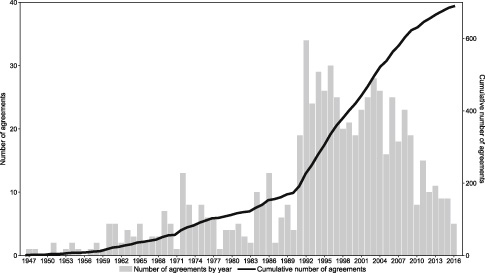
Figure 1.1
Growth of PTAs over time
Attempts to link trade and environmental policies are not new. Environmentalists have long attempted to leverage the economic benefits of liberalized trade (e.g., lower tariffs and increased market access) for more effective environmental governance. For example, environmental organizations have lobbied WTO member states to legalize the use of tariffs on products whose manufacturing process is deemed harmful to the environment. More recent developments at the intersection of trade and environmental governance are tethering these two domains even more closely and in new and innovative ways. This book explores this largely uncharted terrain of trade-environment linkages in PTAs.
PTAs are at the forefront of this innovation. Our analysis of 688 global PTAs reveals that about 86 percent of all PTAs globally now incorporate environmental provisions. Some of them are only vague references to the goal of reaching sustainable development, or are exceptions similar to the ones found in the General Agreement on Tariffs and Trade (GATT) of 1947. But many other provisions are more far-reaching than those pursued in the WTO context. Since at least the mid-1980s, many PTAs globally have included not only the WTOs environmental exemptions but also provisions requiring, for example, that trading partners implement multilateral environmental agreements (MEAs); cooperate on environmental issues; strengthen and/or enforce existing environmental laws; protect endangered species; regulate fishing activities; and address climate change. Importantly, as we discuss in chapters 2 and 4, some of these environmental provisions enjoy the full range of remedies available under the PTAs dispute-settlement procedures. This level of enforceability for international environmental policy includes access to sanctions, and is thus far stronger than anything available under contemporary environmental treaties.
The United States has long been at the vanguard of these efforts. On September 15, 1992, William Reilly, then administrator of the US Environmental Protection Agency (EPA), testified before the House Ways and Means Committee about the recently concluded North American Free Trade Agreement (NAFTA). He confidently predicted to the House Representatives that, for some time to come, when other nations negotiate with their neighbors to open up markets, NAFTA will be their model for dealing with related environmental issues (Ludwiszewski 1993, 706). Reillys prediction was overconfident. NAFTA has never been a static model, even for subsequent US PTAs. However, he was certainly right to think that NAFTAs environmental provisions would have a profound impact on the entire trade governance system, as they have since diffused into dozens of PTAs beyond the United States, providing a foundation for what have become some of the most far-reaching environmental provisions in trade agreements globally.
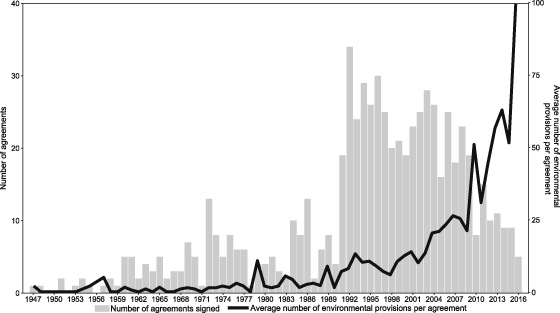
Figure 1.2
Growth of environmental provisions in global PTAs over time
Indeed, the United States is a global leader in terms of linking environmental and trade policies through PTAs. By global leader, we mean a country that is a pioneer and moves forward before other countries, that takes on commitments that go beyond other countries, and that generates momentum and incentives for other countries to follow suit (Young 1991; Skodvin and Andresen 2006; Chasek 2007). To be sure, the United States is a laggard on a number of environmental issues, most notably climate change (Andresen and Agrawala 2002; Parker and Karlsson 2018). In recent decades, the European Union is frequently presented as a global leader on environmental policies, at least in regard to climate change (Vogler and Stephan 2007; Kelemen and Vogel 2010). However, the role of the United States on the trade and environment linkage is clearly one of leadership.
Next pageFont size:
Interval:
Bookmark:
Similar books «Greening through Trade: How American Trade Policy Is Linked to Environmental Protection Abroad»
Look at similar books to Greening through Trade: How American Trade Policy Is Linked to Environmental Protection Abroad. We have selected literature similar in name and meaning in the hope of providing readers with more options to find new, interesting, not yet read works.
Discussion, reviews of the book Greening through Trade: How American Trade Policy Is Linked to Environmental Protection Abroad and just readers' own opinions. Leave your comments, write what you think about the work, its meaning or the main characters. Specify what exactly you liked and what you didn't like, and why you think so.

